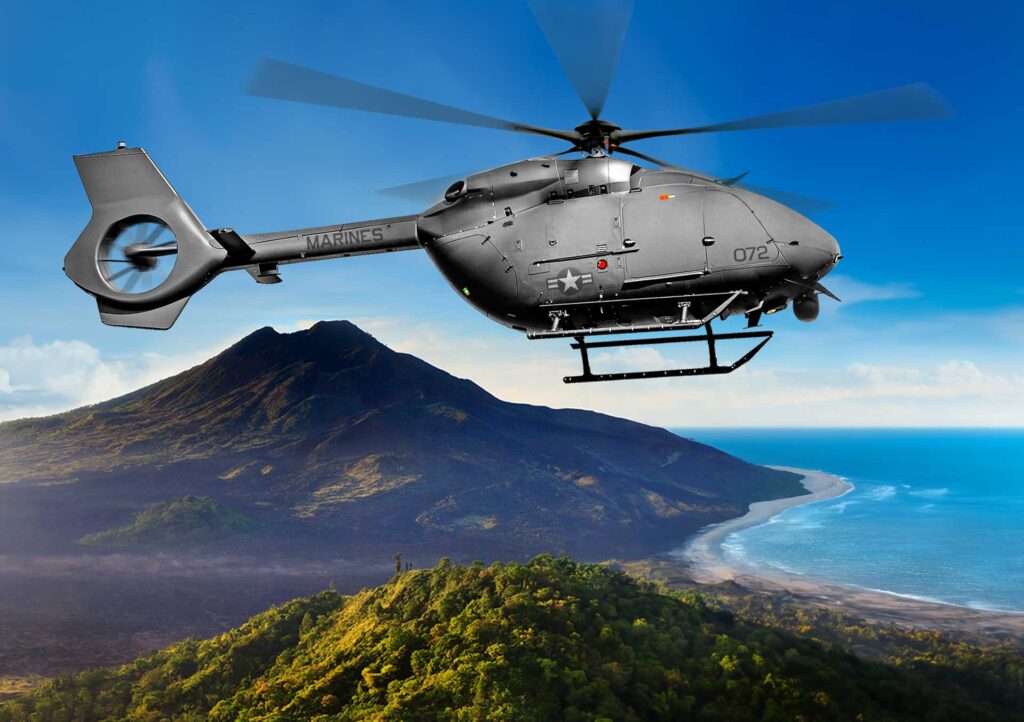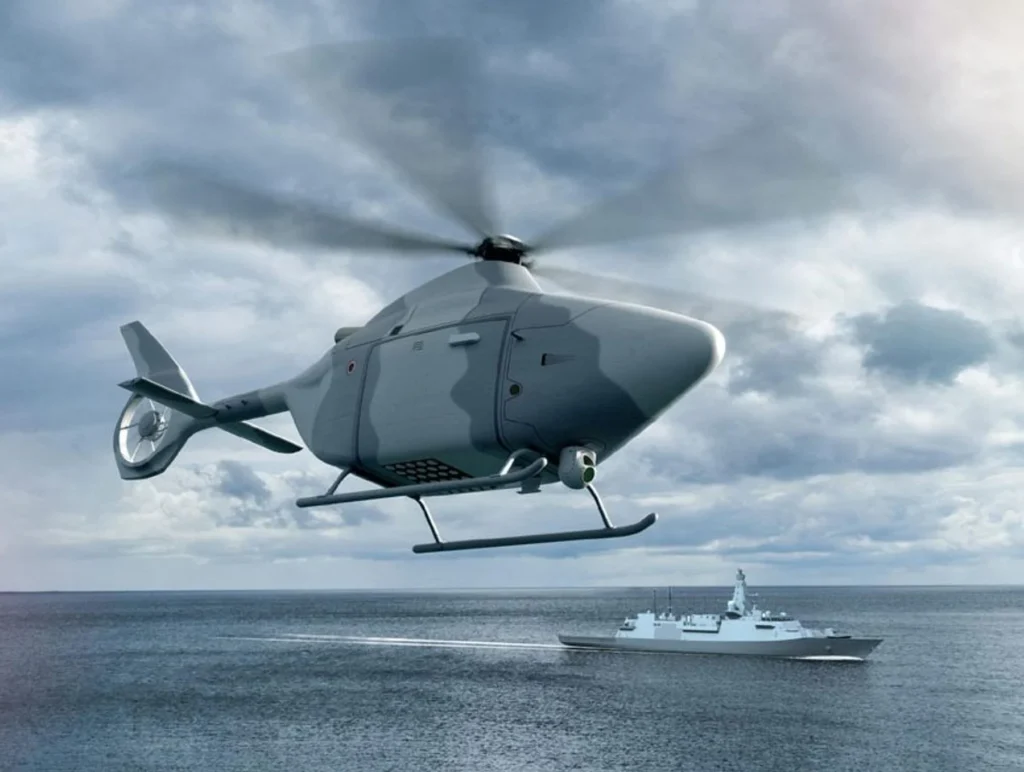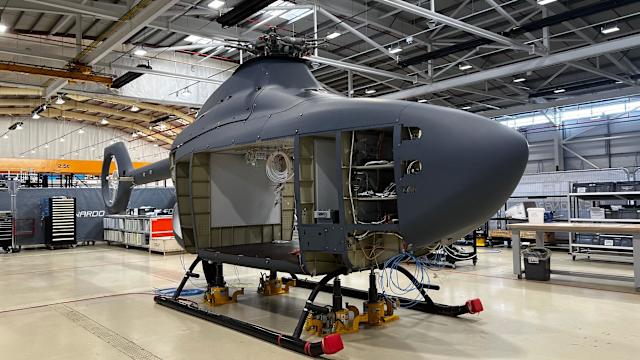Engineers in Somerset are developing a revolutionary autonomous helicopter for the Royal Navy, designed to operate without human control. While previous crewless helicopters have relied on remote piloting, the new Proteus model will fly independently, carrying out missions on its own.
The project, led by Leonardo Helicopters UK in Yeovil, aims to enhance operational efficiency and reduce risks. “It’s about not putting people in harm’s way,” explains Nigel Colman, the Managing Director of the company.

With a wealth of experience, Colman spent 30 years in the RAF as a navigator, eventually becoming an Air Vice-Marshal overseeing the UK’s Joint Helicopter Command. He highlights the importance of autonomous systems beyond combat, stating that most missions involve routine cargo transport between ships and shorelines.
“People like me spend decades flying dull, dirty, and dangerous missions,” Colman remarks. “If we don’t have to risk life, we can fly this for eight hours, it doesn’t need feeding, it doesn’t need a bed. There is so much the Navy can do with it.”
One core function of the autonomous aircraft will be deploying sonar buoys to detect submarines—a task currently performed by human pilots with inherent risks. The vision for Proteus is to launch from a Royal Navy frigate, fly to designated coordinates, drop sonar buoys, and return—all without direct human control.
“It’s going to operate itself. Nobody is stood there with a remote control round their neck, pressing buttons,” Colman affirms.
The aircraft is equipped with technology to adapt to changing conditions, including storms or unexpected obstacles. Software engineers are actively modeling its behavior, ensuring it can navigate around obstacles such as oil rigs. In real-world applications, onboard optical cameras would identify obstacles like fishing boats and adjust the buoy drop accordingly.

Leonardo’s Yeovil factory, a hub of helicopter manufacturing for over 80 years, has produced more than half of the British armed forces’ helicopters. The team working on the Proteus project is eager to contribute to this groundbreaking innovation.
In the workshop, alongside high-tech digital systems, traditional tools still play a role. Aircraft fitter Tom Spencer expresses enthusiasm for the project: “It’s something different from your usual work, it’s a new project for our company, so it’s something that no-one else has worked on before.”
Similarly, procurement specialist Victoria Thorpe embraced the opportunity to be involved: “It’s great to work on something so new and exciting, and we are collaborating with lots of local companies who supply us.”
The Proteus initiative serves as a research endeavor to explore the possibilities of autonomous military aviation. While mass production is uncertain, global militaries are increasingly prioritizing uncrewed aircraft development.
David Galbreath, Professor of War and Technology at Bath University, explains: “Militaries are increasingly relying on automation and machine learning in order to really do the job that would be particularly dangerous, so trying to remove the individual risk.”
The team aims to conduct Proteus’s first flight in the summer at a classified location, away from populated areas. Confident in its capabilities, Colman emphasizes: “We’ll programme it, it will do its thing, it will complete its mission, simple as that.”
Source: BBC
Watch video review here




